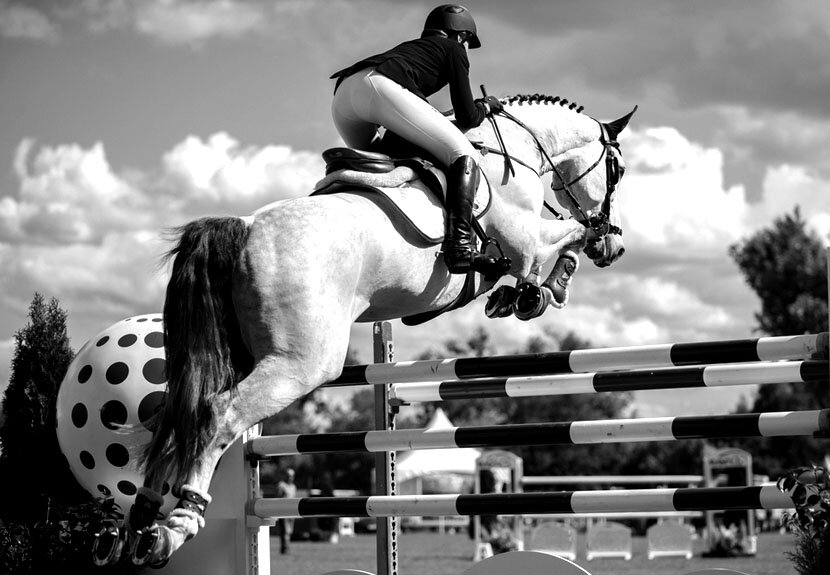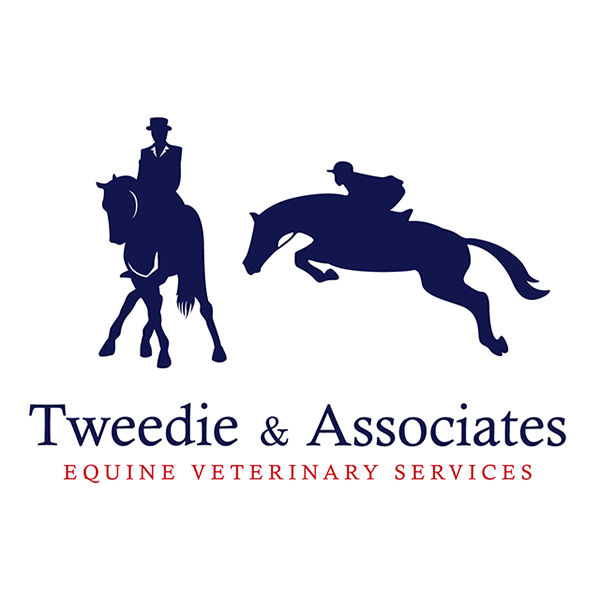
Digital X-rays
Digital X-rays offer us the ability to get first class images in the field. This technology has allowed us to identify issues previously that would have required transporting to a hospital. The advances have now meant that taking x-rays has become a cornerstone of the diagnosis of lameness issues.
Using x-rays we can now routinely perform prepurchase exams in the field and obtain complete x-ray series of horses. This has allowed many issues to be seen before purchase.
These are x-rays of the back of a horse that presented with an unwillingness to go forwards and was resistant to working in a long and low way of going.
X-rays identified some close spinous processes under the saddle. With some local injections and rehab we were able to get this horse back to competition level very quickly.
Another interesting case seen. The horse was presenting with an unwillingness to sit in the advanced dressage movements. While not an avert lameness evident there was some resistance to picking up the hind legs.
Discussing with the owner it was mentioned that the farrier had noted that the horse was more difficult to shoe behind.
These x-rays show some mild changes to the lower hock joints. This lead to us treating the lower hock joints with some intra-articular medications. The horse returned to work and we didn’t need to see the horse for a further 12 months.
Key Questions Relating to Equine Digital X-Rays
▾ Does Tweedie & Associates have digital radiography?
The answer is yes!
We like to use digital radiography in our clinic for a few reasons. Firstly, images are available to view immediately. This is quick, convenient and eliminates the need for return visits to repeat radiographs. Secondly, the quality of radiographs obtained in the field is better when using digital radiography in comparison to traditional films. Thirdly, it is easy for us to provide copies of radiographs to our clients on a CD.
▾ Will Tweedie & Associates make copies of radiographs available to other veterinarians?
The answer is also yes!
Interstate clients purchasing horses in Melbourne often request that we send copies of radiographs taken during a pre-purchase examination to their regular veterinarian. Our practice has an online repository and a 30 day link to our radiographic study can be emailed to the clients’ regular veterinarian. The veterinarian will have instant access to our DICOM files, which will allow them to provide their own advice, with the knowledge that the images they are assessing are of sufficient quality to be relied upon. This is one way that we can help ensure a timely and straightforward purchasing experience for interstate clients.
▾ When will it be useful to obtain radiographs of my horse?
The physical examination and associated clinical findings should always guide the decision to undertake radiography. For example, a painful swelling or wound would provide a good reason to radiograph a particular area. Alternatively, if the horse was lame, and the area involved in the lameness was not obvious, we will often use nerve blocks to localise the site of pain and ascertain the appropriate area to radiograph. As a rule, we don’t recommend going on an ‘x-ray safari’ in an attempt to diagnose lameness.
The exception to this rule, is pre-sales and pre-purchase radiographs, where we attempt to use radiography as a predictor of future soundness.
The most common reasons we take radiographs are to confirm a clinically suspected diagnosis, assess the severity of a disease, monitor the progress of a disease and assist in surgical planning.
▾ How do radiographs work?
The usefulness of radiology as a diagnostic modality is based upon the ability of x-rays to penetrate matter. When an x-ray beam hits a patient, some of the x-rays are scattered, some are absorbed and some pass through unchanged. The appearance of the radiograph produced is dependent on the number of x-rays that pass through the patient and strike the x-ray plate. The more x-rays that strike the x-ray plate, the blacker the image appears.
We know that different tissues in the body absorb x-rays to differing degrees. Of all the tissues in the body, bone absorbs the most x-rays. This is the reason that bone appears white on a radiograph. Soft tissues absorb some but not all of the x-rays, so soft tissues appear on a radiograph in different shades of grey.
This is why good quality radiographs are so useful for diagnosing bony changes such as fractures and the characteristic changes associated with degenerative joint disease.
▾ How will the veterinarian managing my case use radiographs to help my horse?
As veterinarians, it is our job to be familiar with normal radiographic anatomy. We also need to be familiar with the specific radiographic patterns of different clinical disorders. Radiographs help us either make a recommendation for the treatment and management of a horses’ condition or make a recommendation for further diagnostic imaging.
We always aim, to discuss all the options available to you and your horse at every step of the way. We will offer our opinion to help you in your decision making process. We encourage all our clients to communicate with us and if you have a question or a concern we are always happy to discuss your case further.
Book a Digital X-Ray Appointment
Info@tevs.com.au
Tel: 03 5977 5250
Somerville, Victoria



